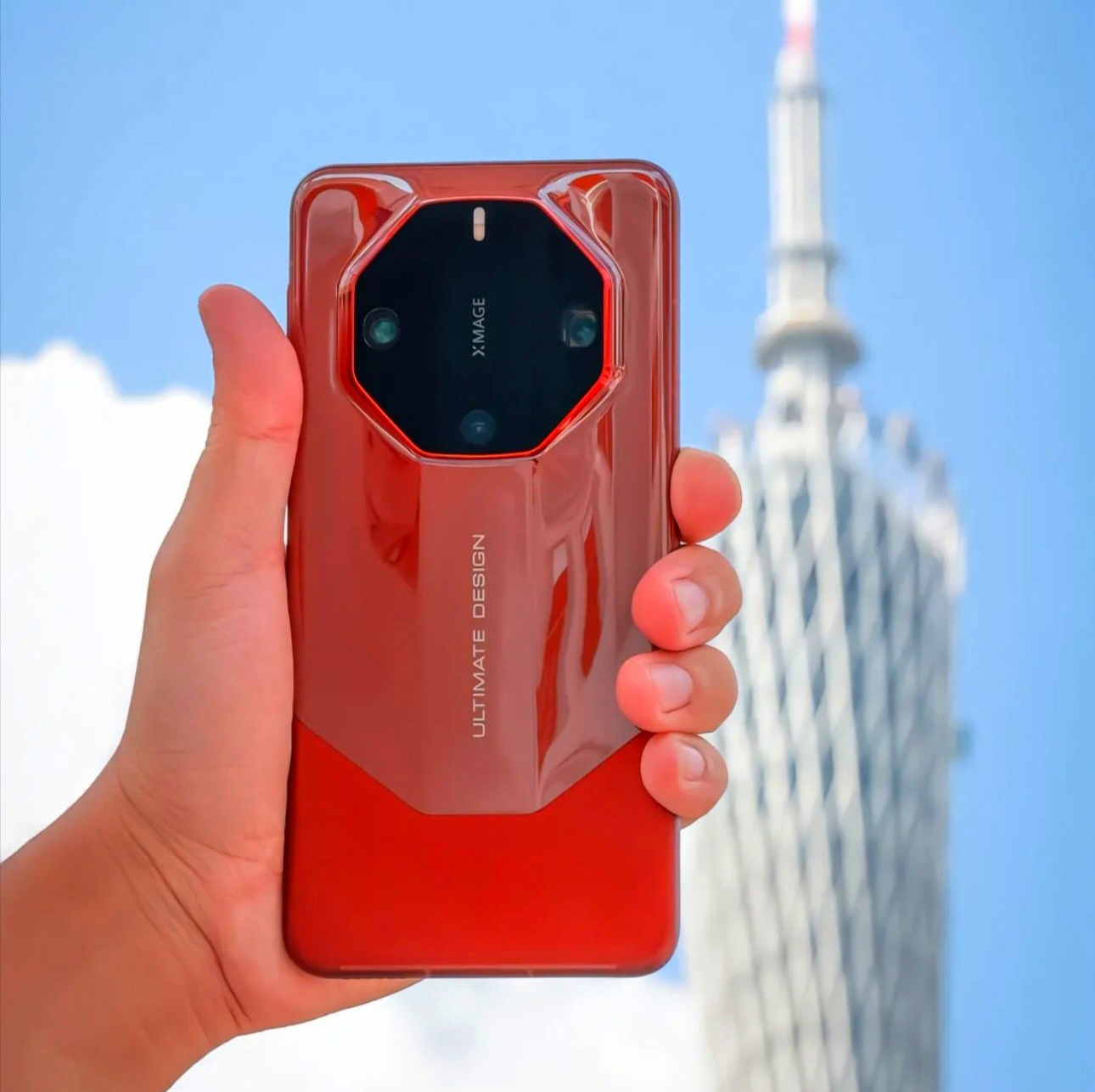Huawei dominates the foldable smartphone market in China with over 50% market share, despite not having 5G connectivity, and the segment is experiencing strong year-over-year growth.
Chinese chip stocks rally after Huawei's launch of the Mate 60 Pro phone, with investors speculating that it could be using a 5G capable chip, potentially benefitting China's local semiconductor sector.
Huawei and China's top chipmaker SMIC have developed an advanced 7-nanometer processor for the new Huawei Mate 60 Pro smartphone, marking progress in China's domestic chip ecosystem and a challenge to U.S. restrictions on Huawei's access to chipmaking tools.
China has defied US-led export restrictions by producing a 5G smartphone, Huawei's Mate 60 Pro, using an advanced silicon chip made by Semiconductor Manufacturing International Corp (SMIC), indicating progress in China's efforts to build a domestic chip ecosystem.
Huawei's Mate 60 Pro is making a comeback in the Chinese smartphone market, but analysts believe its chances of competing with Apple and Samsung globally are slim due to the lack of popular apps like Google Maps and the impact of US sanctions.
The US government is seeking more information about the Huawei Mate 60 Pro smartphone, particularly its advanced chip, to determine if American restrictions on semiconductor exports were bypassed.
The recent unveiling of Huawei's Mate 60 Pro smartphone, powered by the Kirin 9000s chip, has sparked debates about its significance in the US-China technology cold war.
The Huawei Mate 60 Pro's release in China has sparked mockery and nationalist pride on Chinese social media, as it is seen as a symbol of China's technological advancement despite US efforts to restrict its access to advanced chips.
Huawei has released two new smartphones, the Mate 60 Pro+ and the Mate X5 foldable, both of which are believed to be 5G devices powered by Huawei's own Kirin 9000S chip, indicating the company's confidence in its chip yield despite US sanctions.
The Mate 60 Pro Plus offers higher RAM and storage options, a tweaked camera system, and a potentially higher price compared to the Mate 60 Pro.
Huawei has released its latest flagship phones, the Huawei Mate 60 series, featuring a three-hole Dynamic Island cutout in the display, challenging Apple's design choices for the upcoming iPhone 15 Pro.
Huawei unveiled several new products, including a tablet, smart TV, and ear pods, but remained silent on its breakthrough Mate 60 Pro smartphone powered by a home-grown chip, seen as a significant step toward China's tech self-sufficiency.
Huawei's secretive new smartphone launch of the Mate 60 series, which is speculated to have advanced semiconductor chip technology developed in China, has left fans and experts guessing while raising concerns in the U.S.
The release of Huawei's Mate 60 Pro and a decline in iPhone sales in China have allowed Huawei to surpass Apple as the top-selling smartphone brand in the country, with analysts predicting that iPhone shipments will continue to decrease due to weak demand.
The smartphone market is showing signs of recovery, with only a 1% decline in Q3 2023, but vendors should remain cautious due to geopolitical uncertainties and ongoing adjustments in sales channels and component inventories, according to a report by Canalys. Samsung maintained its position as the market leader, followed by Apple, while Xiaomi and Transsion experienced success in emerging markets. Huawei also made a strong comeback with the release of the Mate 60 series, although its availability is currently limited to China.
Huawei has sold 1.6 million of its Mate 60 Pro handsets in six weeks, defying the smartphone slowdown and enjoying strong demand amidst the launch of the iPhone 15, according to Counterpoint Research.
